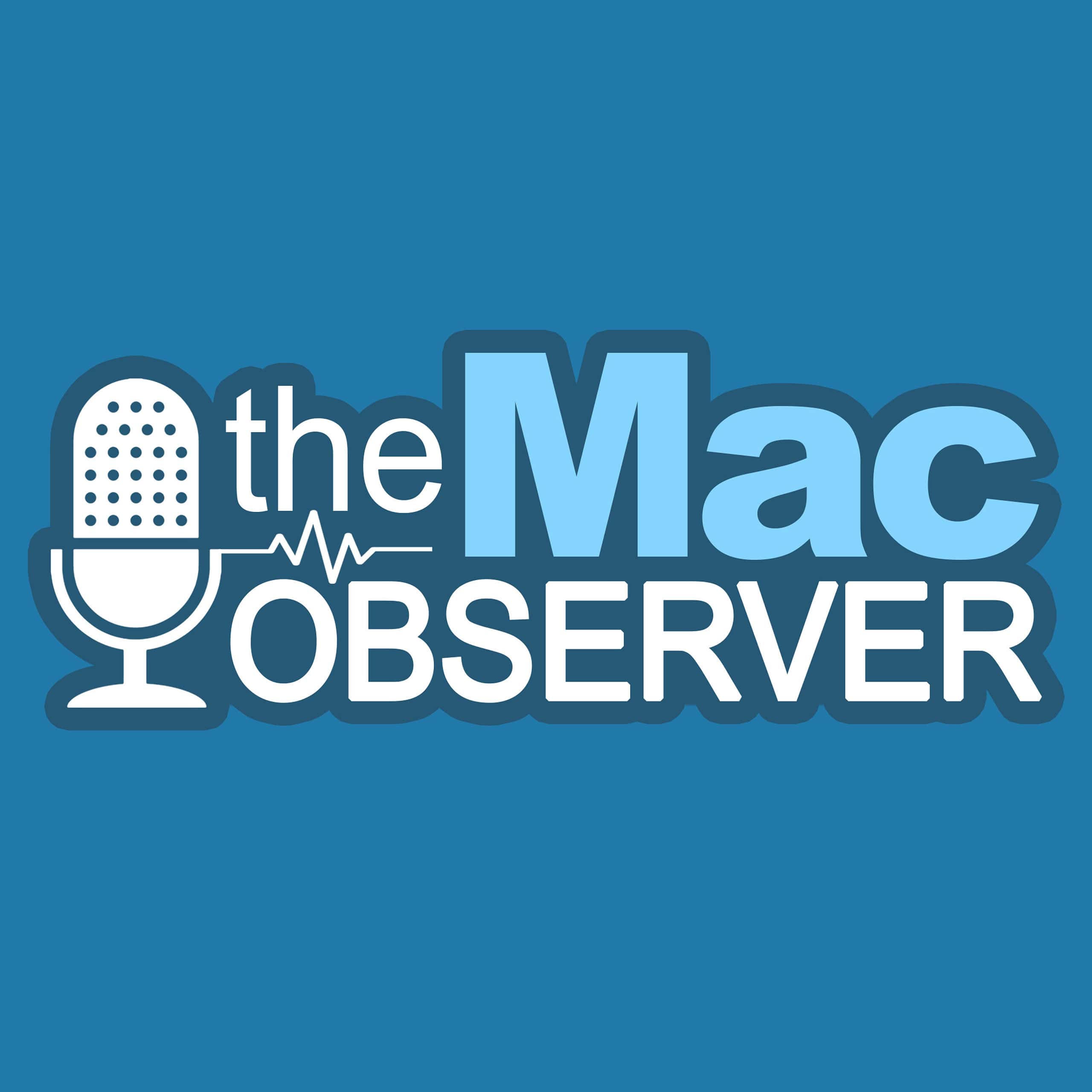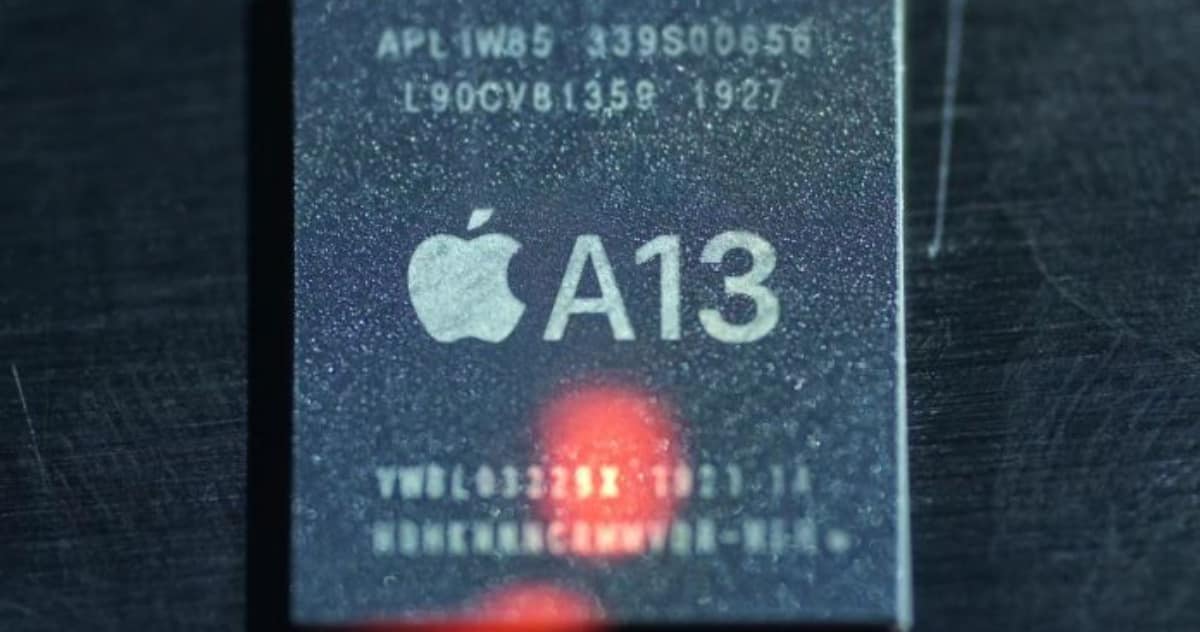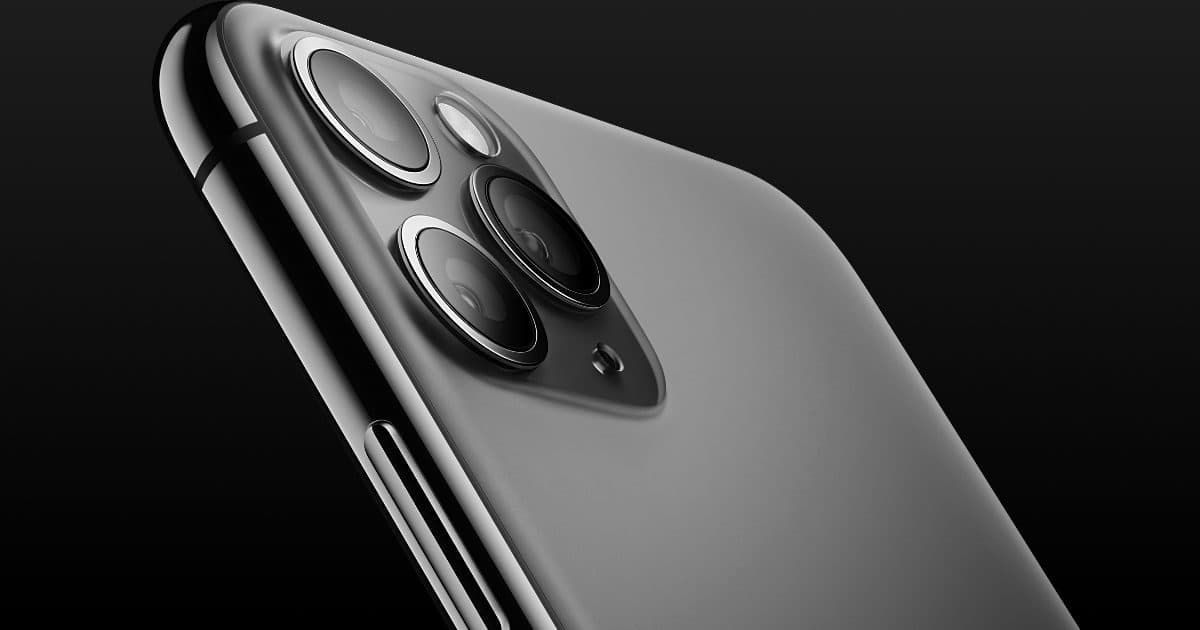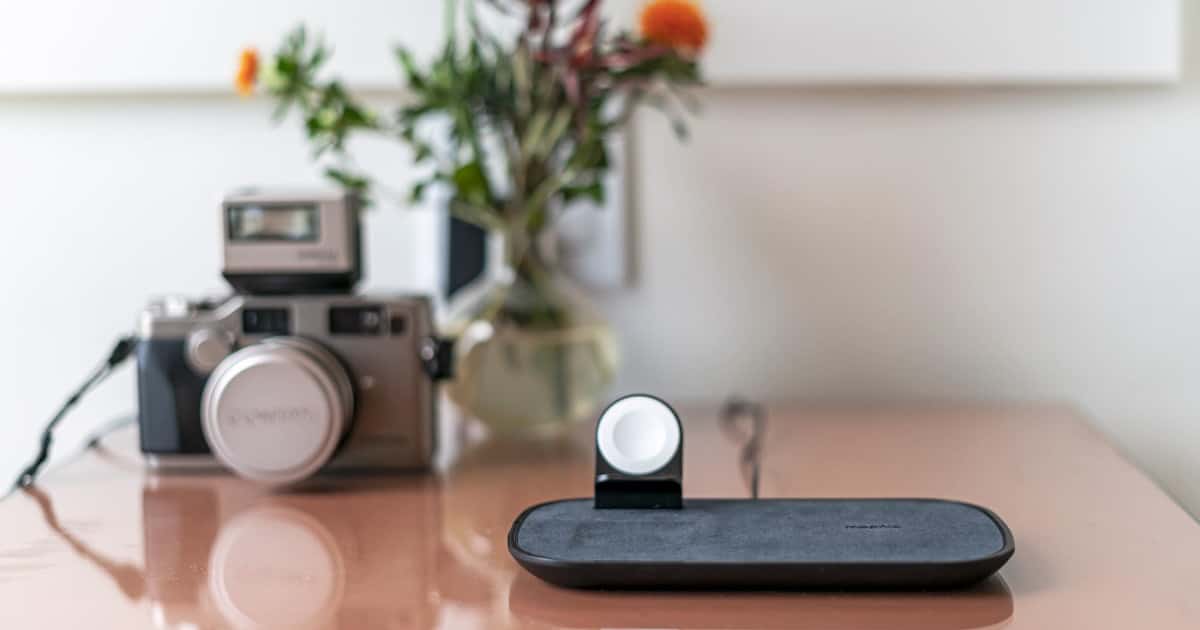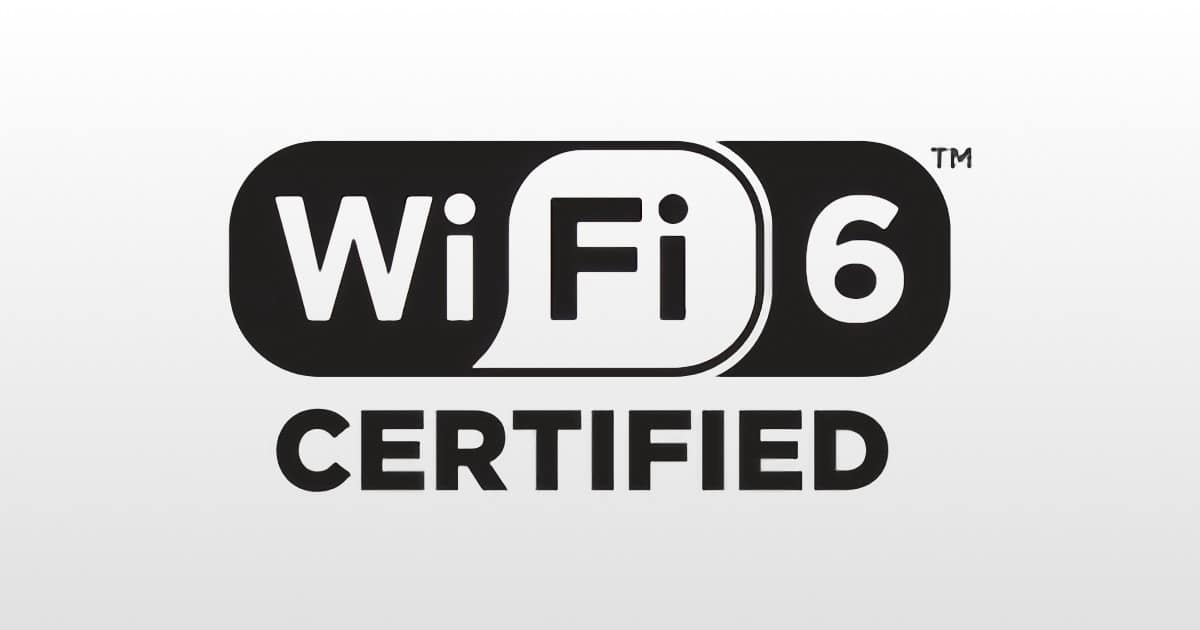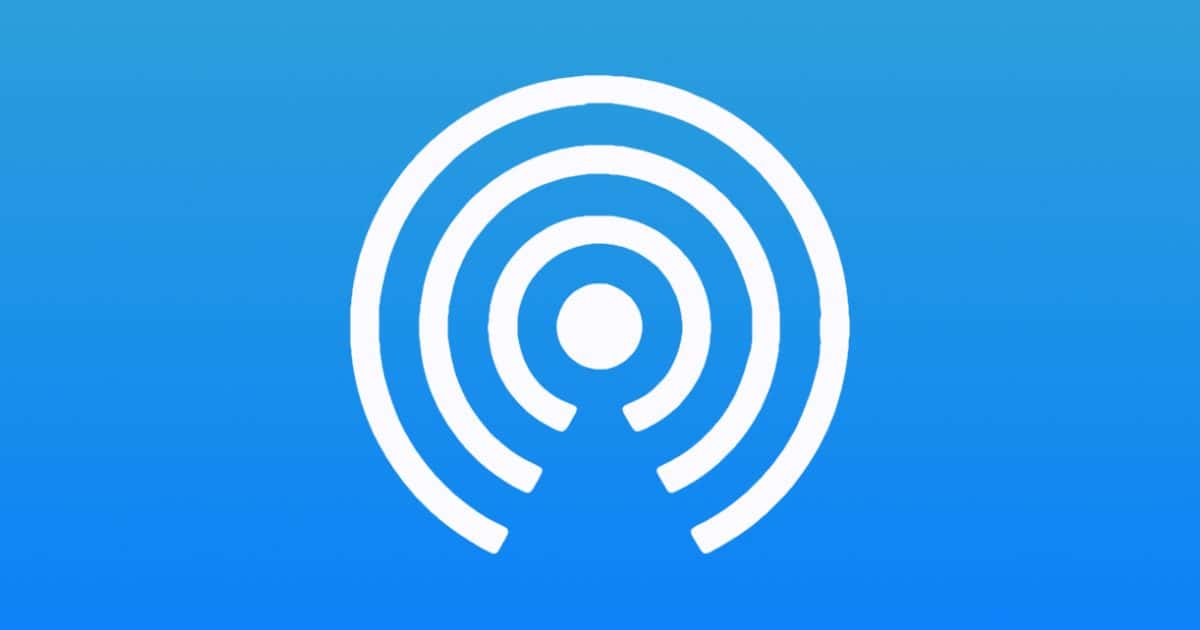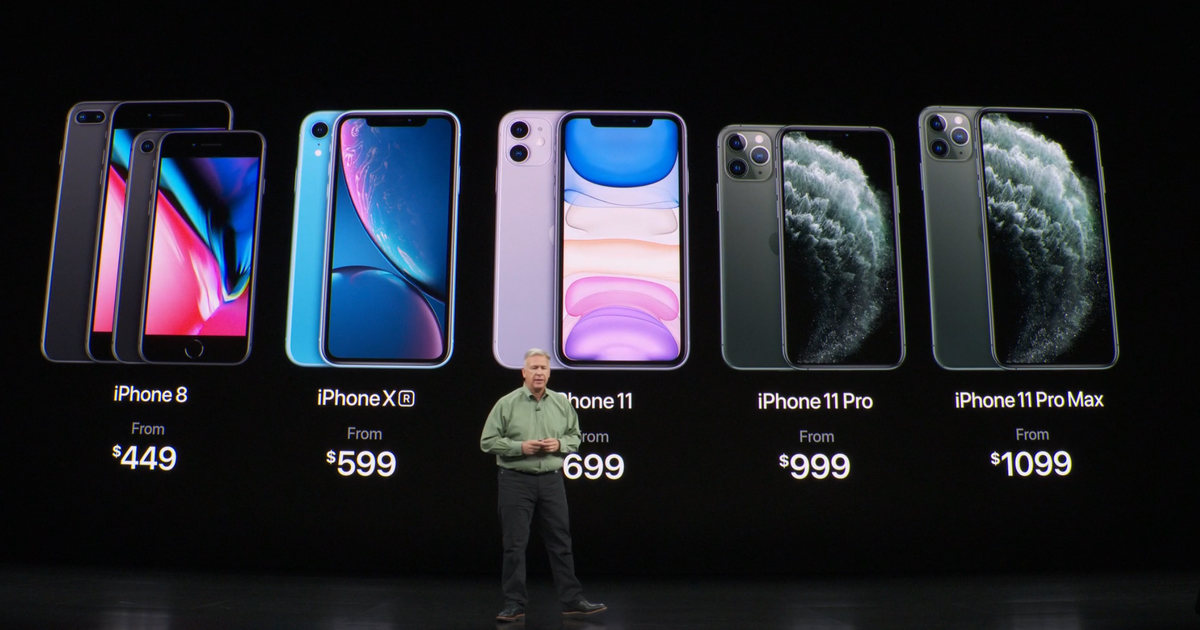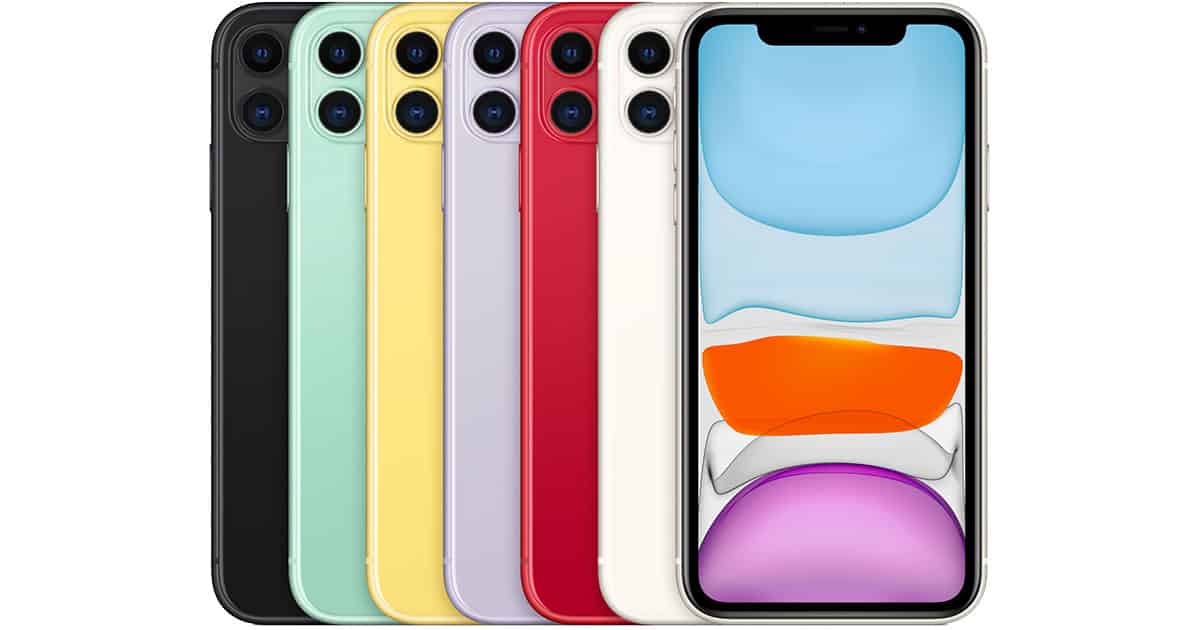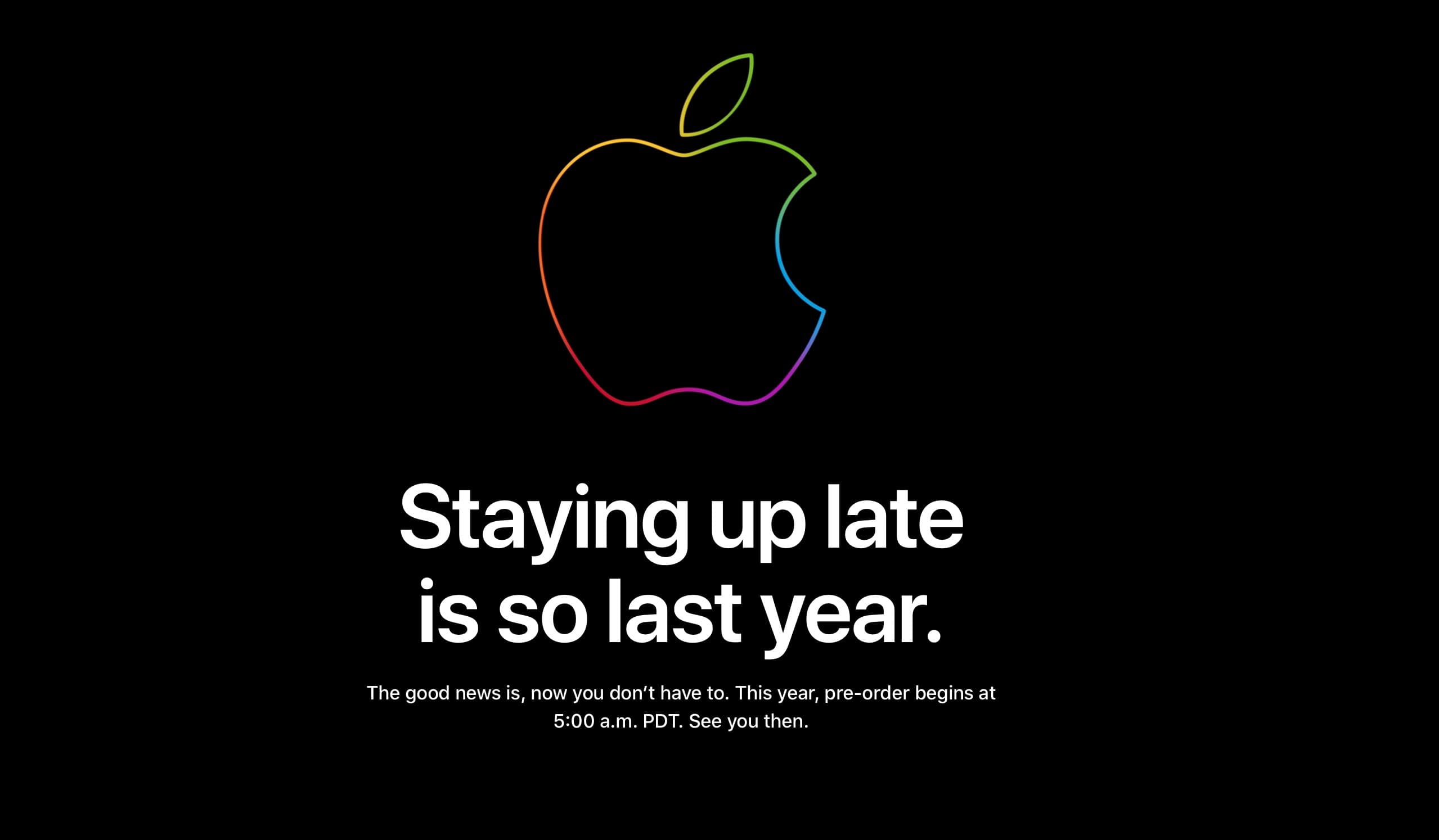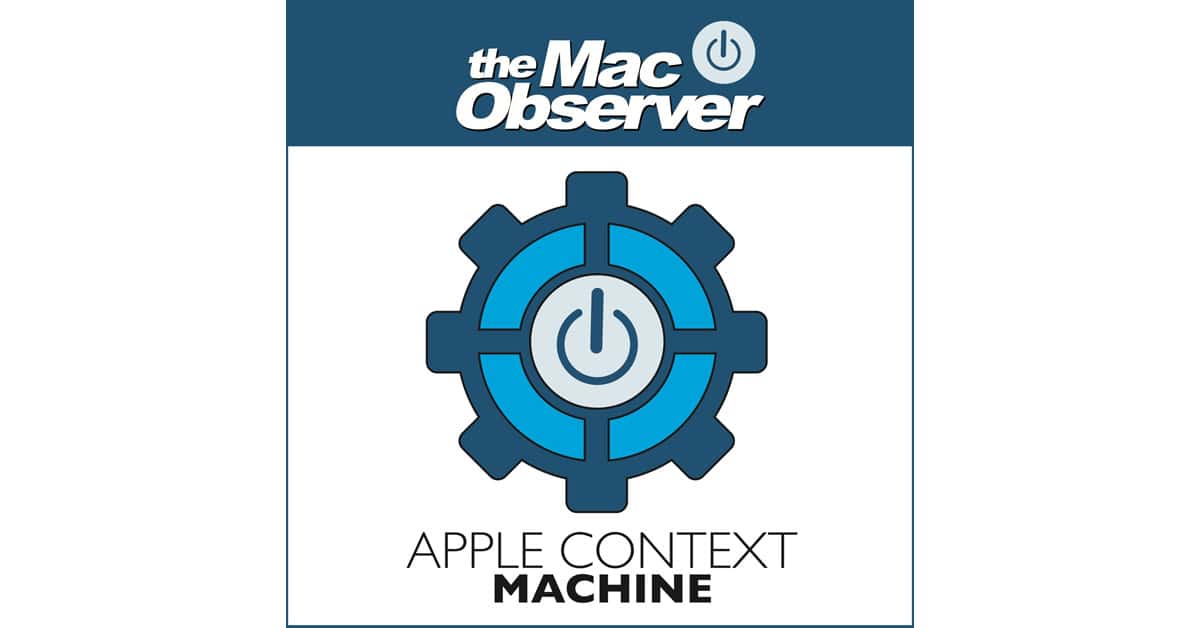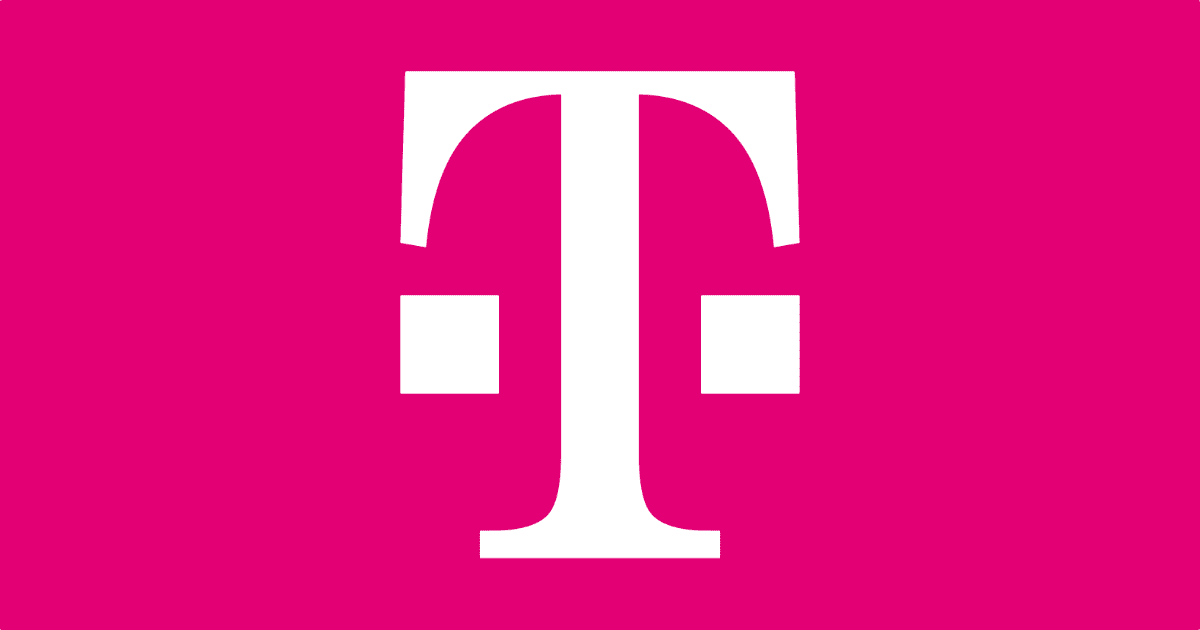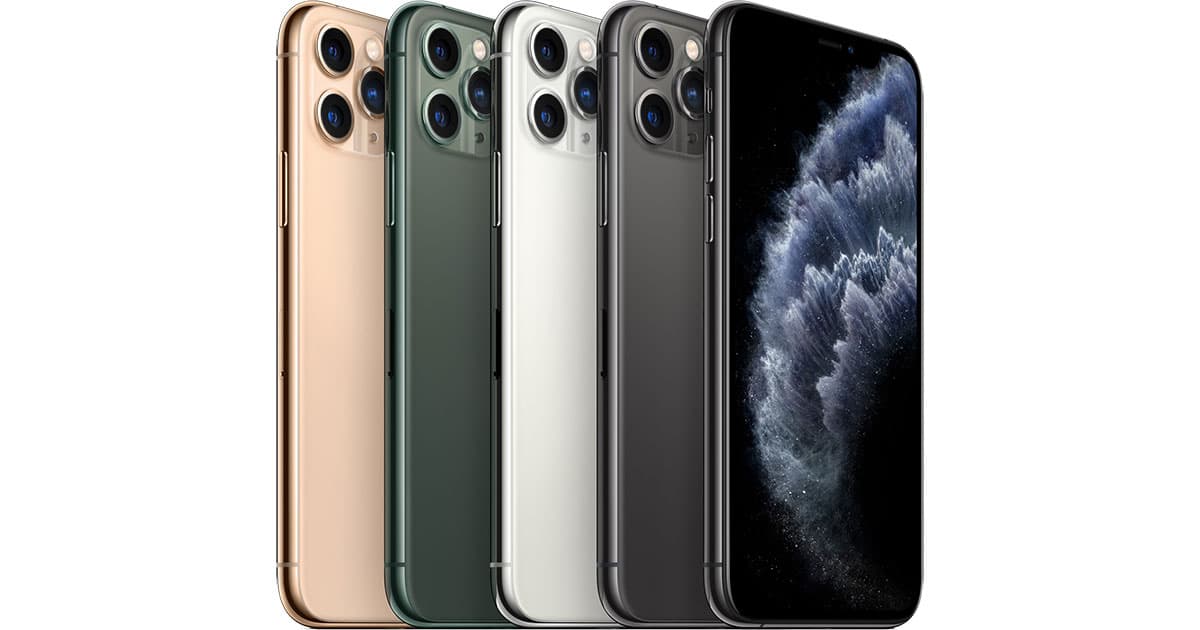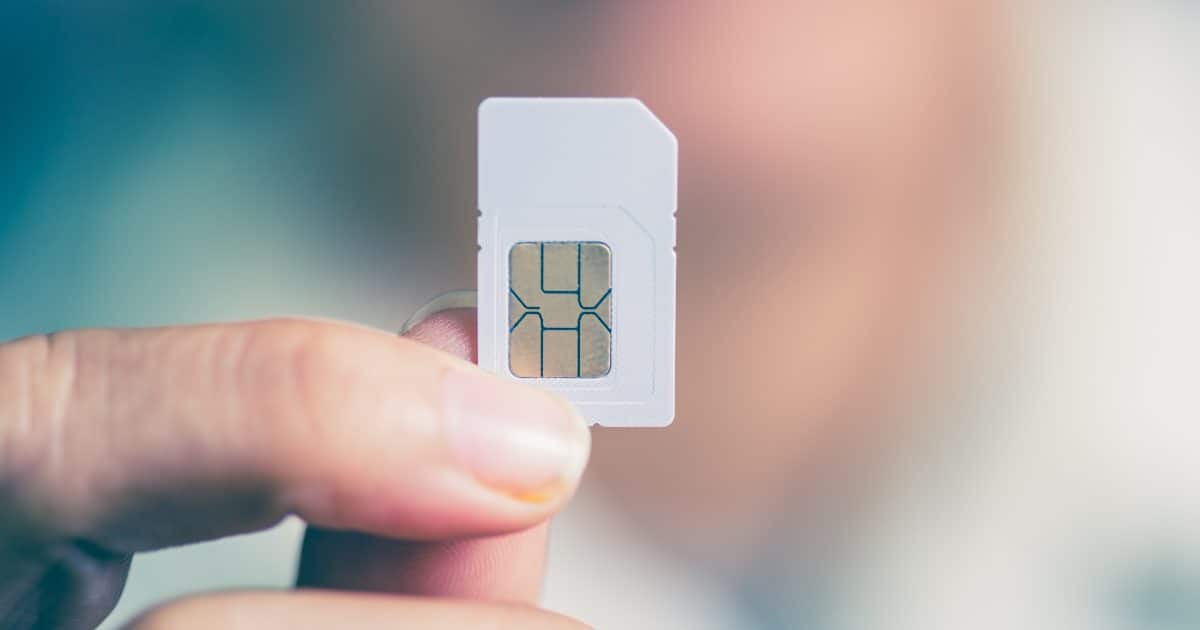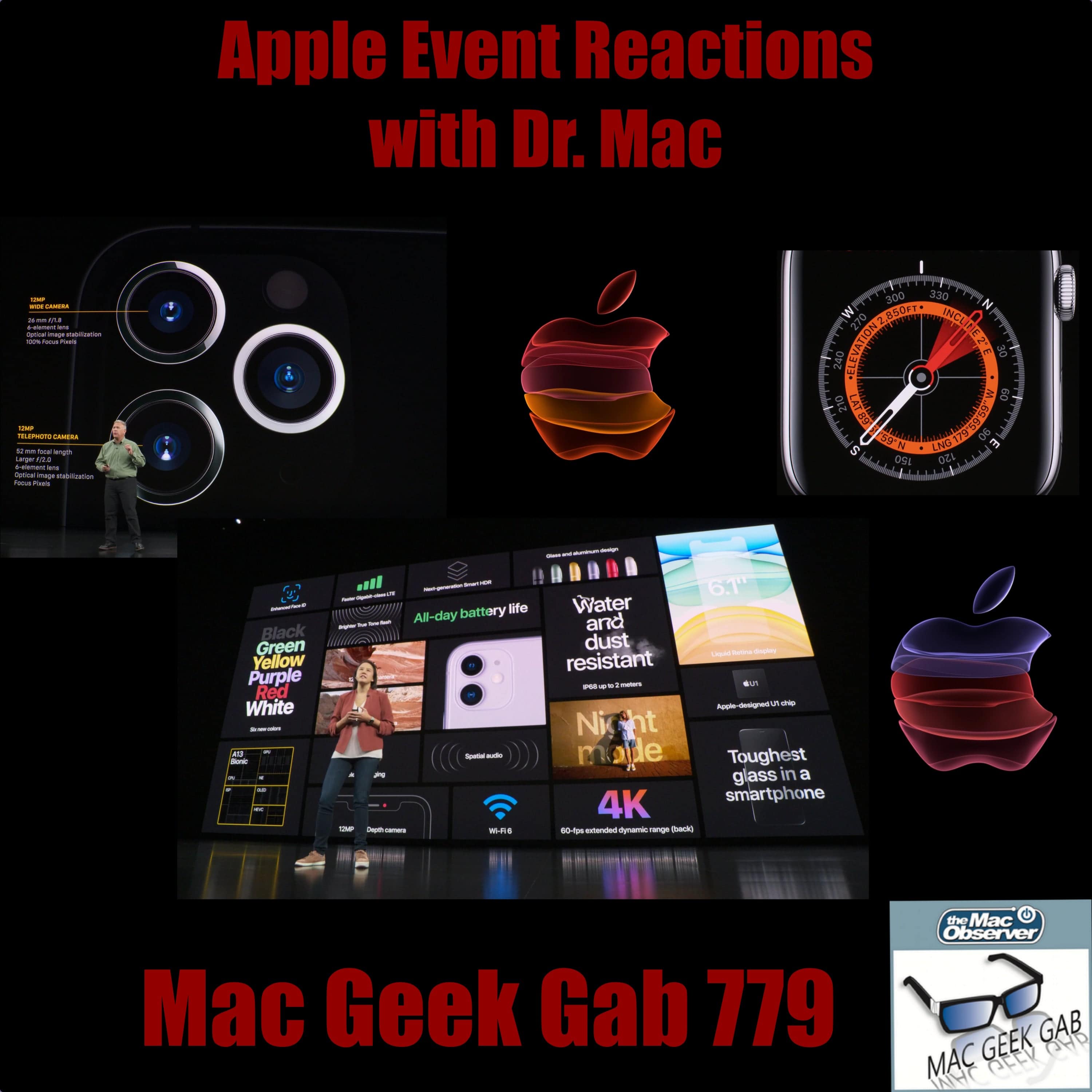Charlotte Henry and Andrew Orr join host Kelly Guimont to discuss a closer look at the A13 Bionic chip, and the iPhone and iOS releases.
iPhone
A Deep Dive Into Apple's A13 Bionic Chip
Om Malik wrote a great dive into the A13 Bionic chip that powers the latest iPhones.
Apple’s new chip contains 8.5 billion transistors. Also, there are six CPU cores: Two high-performance cores running at 2.66 GHz (called Lightning), and four efficiency cores (called Thunder). It has a quad-core graphics processor, an LTE modem, an Apple-designed image processor, and an octa-core neural engine for machine intelligence functions that can run over five trillion operations per second.
Big numbers are amazing, and I still marvel at the fact that this chip can do five trillion operations per second. That is astoundingly fast. Five trillion seconds is 158,550 years. Just one trillion seconds ago (31,710 years) was before written history, before the pyramids were built.
4 iPhone 11 Screen Protectors You Should Check Out
You probably already bought a case, but don’t forget about iPhone 11 screen protectors. We’ve found four from around the web.
Apple's EU Tax Case, Charlotte's New iPhone – TMO Daily Observations 2019-09-19
Charlotte Henry and Andrew Orr join host Kelly Guimont to discuss Apple’s EU tax case as well as tips and apps for Charlotte’s new iPhone.
Apple Moves to Trademark 'Slofie'
Apple wants to trademark ‘slofie’, it’s term for slow-motion video clips you can now take with iPhone 11.
Apple has applied to the USPTO for a trademark on the term “Slofie” in terms of “downloadable computer software for use in capturing and recording video.” Don’t worry, it’s not trying to own the cultural landscape — rather, this is largely to prevent app developers and phone makers from ‘borrowing’ the term for their own features.
At least Apple isn’t trying to pull an Ohio State University, which was recently denied its effort to trademark the word “the.”
Legislation and Tech Conflicts, iPhone Battery Life – TMO Daily Observations 2019-09-18
Andrew Orr and Bryan Chaffin join host Kelly Guimont to discuss tech and legislation colliding in unfortunate ways, and iPhone battery life.
Why The iPhone 11 Pro Has 3 Cameras
Just what are the two cameras on the iPhone 11 doing? What’s different about the three cameras on the iPhone 11 Pro? TechCrunch explains.
On the back of the iPhone 11 Pro can be found three cameras. Why? Because the more light you collect, the better your picture can be. And we pretty much reached the limit of what one camera can do a little while back. Two, three, even a dozen cameras can be put to work creating a single photo — the only limitation is the code that makes them work.
Mophie Launches New 3-in-1 Wireless Charging Pad
Mophie is launching a new 3-in-1 wireless charging pad for your AirPods, Apple Watch, and compatible iPhones in new black Ultrasuede.
Journalist & TMO Contributor Charlotte Henry (#2) - TMO Background Mode Interview
Charlotte is a London-based technical journalist. A self described media junkie, she writes about Apple—and now for the Mac Observer as well. She has also written for City A.M. (London’s daily business tabloid,) Computer Business Review, and the Independent on Sunday. Her new book is: Not Buying It.
In this special edition of BGM, Charlotte chats about her reactions to Apple’s September 10 iPhone event. She noted how Apple is in a new balancing act, promoting hardware to sell services—and vice versa. Charlotte told me about how pleased she is with the new iPad and plans to buy one. Then we took a closer look at the value proposition comparing the iPhone Xr to the iPhone 11. Charlotte also filled us in on her experience watching the event in the Apple London flagship store.
Iger Leaves Apple Board, Revolutionary iPhone Chip – TMO Daily Observations 2019-09-16
Andrew Orr and Charlotte Henry join host Kelly Guimont to talk about Bob Iger’s board departure, and the iPhone 11 chip Apple didn’t discuss.
Wi-Fi 6 Launches Just in Time for New iPhones
Wi-Fi 6 launched today. It’s based on the 802.11ax standard and promises faster speeds, greater efficiency, and better performance.
iPhone 11's U1 Chip Could Spark a Revolution
You wouldn’t know it because it wasn’t mentioned during the iPhone 11 keynote, but the new iPhones have a new chip. Called Ultra Wideband, or “U1” it’s a way for iPhones to figure out their position in 3D space relative to other U1 devices. Apple mentions the use-case of a person pointing their U1 iPhone at another U1 iPhone to send files over AirDrop. Jason Snell writes that this is just the beginning.
But the possible applications of UWB go way beyond AirDrop and tracking tags. Decawave’s Viot says potential applications include smart home tech, augmented reality, mobile payments, the aforementioned keyless car entry, and even indoor navigation. (And it’s not a power hog, either—Viot says that Decawave’s latest UWB chip uses one-third of the power of a Bluetooth LE chip when in beacon mode, as a tracking tile would be.)
Aggressive iPhone Pricing Might Not Be Enough
A number of Apple products got aggressive new price points at the “By Innovation Only” event. At Wired, Daphne Leprince-Ringuet wonders if it will be enough.
For a company that is famous for premium pricing, Apple’s sudden shift to more affordable devices (even if it is its older line-up) comes as a surprise. A look at its sales performance last year might explain the change of heart: in 2018, Apple’s best-selling device was the $649 iPhone XR, meaning that its entry-level device out-performed the more advanced XS and XS Max. In other words, phone buyers are unwilling to shell out the extra dosh to get their hands on Apple’s best smartphones. Last year in China, the tech giant even cut prices for some of its iPhones, iPads, Macs and AirPods by nearly six per cent – partly in response to “lower than anticipated” iPhone sales in the country… By cutting its prices on phones and watches, therefore, Apple is hoping to supplement its iOS customer base and lure in new customers who might purchase other services within its ecosystem.
Apple Shows Off iPhone 11 Pro Cameras' Cinematic Qualities
At the ‘By Innovation Only’ event Apple unveiled the iPhone 11 Pro. It was particularly keen to show of the device’s high-end camera. On Saturday, it published a video show cinematic tests using the 4k, triple-camera system. The results are stunning.
iPhone Order Fever, Accessory Picks – TMO Daily Observations 2019-09-13
Bryan Chaffin and Charlotte Henry join host Kelly Guimont to discuss iPhone ordering and ship times, and offer some picks for iPhone treats.
Preorder iPhone 11 in UK from 1:00 PM Local Time
The iPhone 11 and iPhone 11 Pro will be available to preorder in the UK from 1:00 pm BST, the same time preorders go live in the U.S.
Apple Online Store Down ahead of 5:00 AM iPhone 11 Preorders
Apple’s online stores are down in preparation for iPhone 11 and iPhone 11 Pro preorders, which begin Friday at 5:00 AM Pacific. T
iPhone 11 and 11 Pro, Apple Watch Series 5, with Jeff Gamet - ACM 522
Bryan Chaffin and Jeff Gamet reunite to discuss Apple’s new product announcements, including iPhone 11, iPhone 11 Pro, Apple Watch Series 5, Apple’s trade-in program, midnight green, glass…it’s Bryan and Jeff, so of course they spin out of control on various and sundry side rails. Buckle up!
T-Mobile Offers iPhone 11 for 50% Off With a Trade In
T-Mobile has an aggressive strategy for the iPhone 11: People who sign up for a plan and trade in an old iPhone can get the iPhone 11 for up to 50% off.
Here’s the full pricing break down from T-Mobile: Save $550 when you trade in an iPhone XS Max 64GB or 256GB; save $500 when you trade in an iPhone XS 64GB or 256GB; and save $350 when you trade in an iPhone XR 64GB or 128GB, X 64GB, 8, 8 Plus, 7 or 7 Plus.
Those are great deals, especially for people with older models like the iPhone 7.
iPhone Naming Conventions Are a Mess
Ken Segall writes (Sep. 9) that it’s time to dump both the “i” in iPhone as well as the alphabet soup.
I think it’s amazingly cool that the i-thing happened, but everything has a beginning and an end. The trick is knowing when to end.
Smarts and forward-thinking always beats clinging to the past.
The truth is, Apple has already made the i-decision. It’s been years since a new i-product appeared. Apple Watch, Apple Music, Apple Pay, Apple Card—all would be i-things under the old rules.
Apple dropped the alphabet soup on Sep. 10 along with the bizarre “X” vs. “ten.” Will the “i” be next?
5 iPhone 11 Cases For Your New Purchase
As you get ready to preorder your iPhone 11 this Friday, you might be thinking of cases as well. We’ve rounded up four iPhone 11 cases.
Unlocked iPhone 11 Available for Preorder
In contrast with previous years, Apple is offering unlocked versions of iPhone 11 immediately when they’re available for preorder.
Apple iPhone 11 Pro: 3 Cameras, More Battery, Super Retina Display
In addition to the new “Pro” moniker, these new devices add a much-improved camera system with three cameras just on the back. They also include more battery life, with up to 4 hours more life than iPhone XS, while iPhone 11 Pro Max has up to 5 hours more battery life than iPhone XS Max.
Apple Event Reactions with Bob "Dr. Mac" LeVitus – Mac Geek Gab 779
Bob “Dr. Mac” LeVitus joins John and Dave today for a quick take on Apple’s latest announcements and event. Press play… and enjoy. Now in stereo for your listening pleasure.
